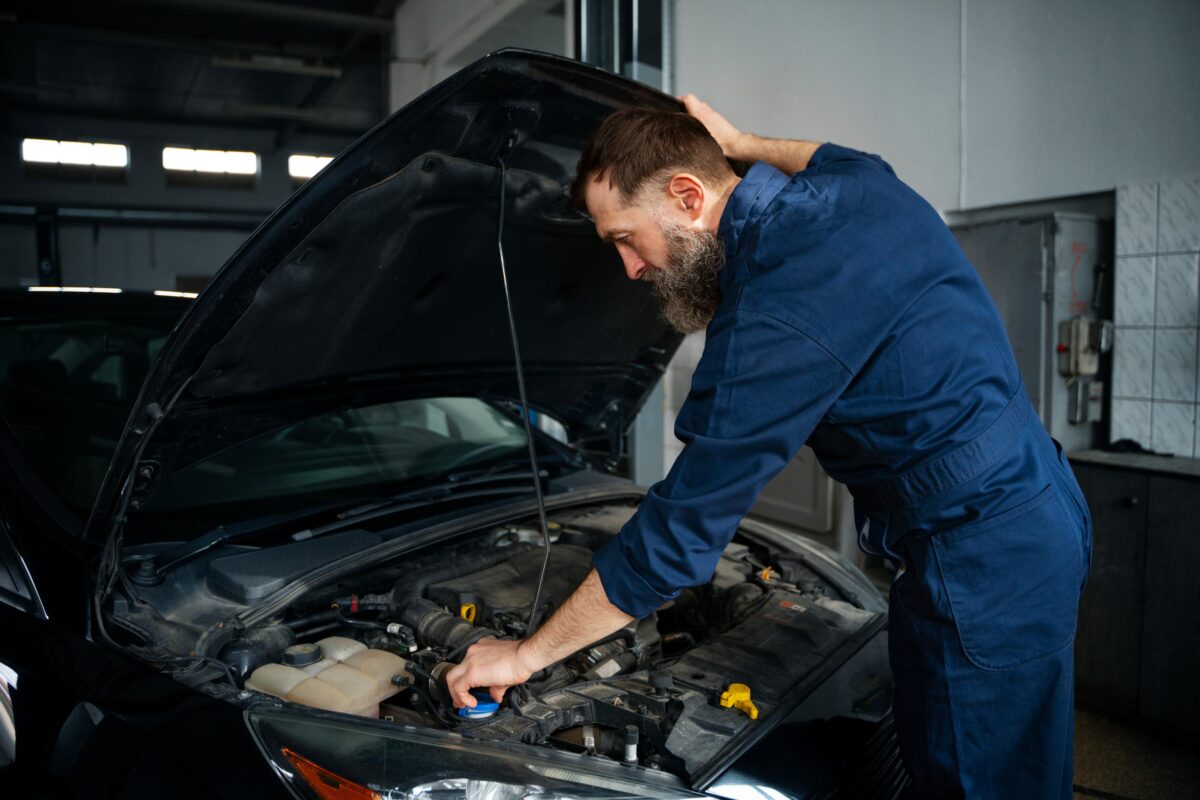Metal Fabrications in Motion: Their Impact on the Automotive and Aerospace Industries

Metal fabrications are a cornerstone in the progression of modern industry, acting as the backbone of manufacturing marvels. These intricate processes of bending, cutting, and assembling metal materials have become instrumental in building complex components. Particularly, the automotive and aerospace industries owe much of their innovations and efficiencies to the advancements in metal fabrication techniques. It is through these processes that cars become lighter and planes soar higher, all while maintaining the integrity and strength demanded by these sectors.
As technology propels forward, so too does the impact of metal fabrications on these critical industries. This introduction will explore the pivotal role metal fabrications play in automotive and aerospace advancements. We will delve into how they have fueled breakthroughs that have revolutionized transportation both on the ground and in the skies. Understanding the significance of metal fabrications provides insight into the intricate interplay of engineering prowess and functional artistry that drives the automotive and aerospace industries toward a brighter, bolder future.
The Evolution of Metal Fabrications in Automotive Industry
The journey of metal fabrication within the automotive industry traces back to the days of the assembly line, revolutionizing mass production. As early car manufacturers sought to increase efficiency and reduce weight, metal fabrications emerged as a quintessential factor in vehicle design and production. These advancements not only led to more durable and reliable cars but also opened avenues for complex designs previously unattainable with traditional methods. The move from handcrafted individual parts to precision-engineered components signified a leap forward for the automotive industry, affirming the significance of metal fabrication in its evolution.
Today, the automotive industry continues to witness a transformation in metal fabrication with the advent of technologies such as 3D printing and automated cutting machines. These innovations enable the creation of intricate parts with enhanced precision and reduced material waste, fostering sustainability in production. Moreover, the adoption of light-weight, high-strength metals in fabrications contributes to improved fuel efficiency and performance of modern vehicles. The current trends in automotive metal fabrications thus mirror a continuous quest for optimization, where each advancement in metal fabrications leads to a new horizon of possibilities for automotive engineering and design.
Metal Fabrications’ Role in Aerospace Advancements
In the vast and challenging realm of aerospace, metal fabrications play a paramount role in the forge of aircraft and space exploration equipment. With stringent demands for durability and weight reduction, aerospace engineers turn to advanced metal fabrication techniques to meet these requirements. The precision of these methods ensures components can withstand the extreme conditions of space and the punishing forces experienced during flight. Metal fabrications enable the creation of airframes, engines, and critical aerospace parts that are both lightweight and exceedingly strong, underscoring their indispensability in the industry.
Looking to the future, metal fabrications in aerospace are set to reach new heights with the integration of cutting-edge materials like titanium and composites. These materials, coupled with innovative fabrication techniques such as laser welding and electron beam machining, are crafting the next generation of aerospace structures. The trend is towards smarter, lighter, and more efficient crafts capable of longer missions and more robust performance. Hence, as we advance further into the exploration of the skies and beyond, metal fabrications will continue to be the pivotal factor in turning the dreams of today into the aerospace realities of tomorrow.
The Synergy Between Automotive and Aerospace Metal Fabrications
The interplay between automotive and aerospace industries is a testament to the collaborative nature of technological advancement. Both sectors share a similar ethos in their use of metal fabrications: to achieve the delicate balance between strength and weight. Shared technologies such as precision CNC machining and advanced joining techniques like friction stir welding have been mutually beneficial. This synergy not only enhances the performance capabilities but also drives cost-effectiveness across both industries.
As each industry evolves, the ripple effect of innovation is felt between the two. For instance, the aerospace industry’s expertise in aerodynamics has trickled down into the automotive sector, influencing the design of more streamlined and fuel-efficient vehicles. Conversely, the high-volume production and process efficiency found in the automotive industry inspire aerospace manufacturing. This shared pool of knowledge and resources fosters a dynamic exchange, where breakthroughs in metal fabrications in one industry catalyze progress in the other, propelling both toward unprecedented levels of technological mastery and efficiency.
Challenges and Solutions in Metal Fabrication
Metal fabrication, while central to industrial advancement, is not without its challenges. Factors such as cost pressures, the need for advanced material compatibility, and the demands for increased precision present hurdles in both the automotive and aerospace sectors. In a world where material costs fluctuate, and environmental regulations grow stringent, industries must continuously adapt their metal fabrication methods to remain viable and competitive. Moreover, the progression towards incorporating complex materials like composites and superalloys adds another layer of complexity to the fabrication process, requiring new approaches and technologies.
In response to these challenges, various solutions have emerged. The pursuit of automation in metal fabrication processes, for example, offers a means to increase efficiency and consistency while driving down costs. Additionally, investments in research and development have led to innovations such as additive manufacturing, which enables the utilization of advanced materials and the production of more complex geometries. These solutions not only address the immediate challenges but also pave the way for future advancements in metal fabrications. As the industries adapt these solutions, they are setting the stage for a new era of manufacturing that is more flexible, cost-effective, and innovative than ever before.
Key Takeaway
Metal fabrications have unequivocally cemented their role as a driving force behind the automotive and aerospace industries. The intricate dance of cutting, shaping, and assembling metals has birthed generations of vehicles and aircraft, each more advanced than the last. This continuous evolution of metal fabrications has fueled technological breakthroughs that have enhanced efficiency, safety, and performance. As these industries march forward into an era of increased environmental consciousness and material innovation, metal fabrications stand as the fulcrum, balancing the past’s traditions with the future’s aspirations.
In conclusion, the impact of metal fabrications on these titanic industries is both profound and undeniable. It is the thread that weaves through the history of transportation, pulling along improvements and innovations. As we reflect on the strides made and the hurdles overcome, the future holds a promise of even greater advancements. With each challenge met with innovative solutions, metal fabrications will continue to shape the automotive and aerospace industries for decades to come, driving humanity towards newer, faster, and more sustainable horizons.






